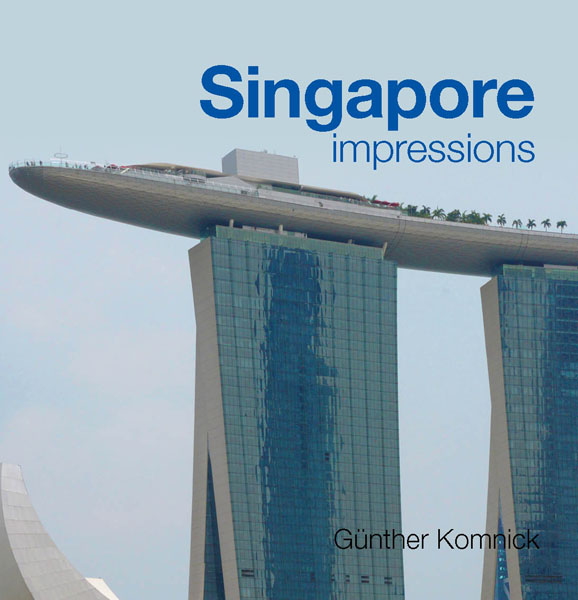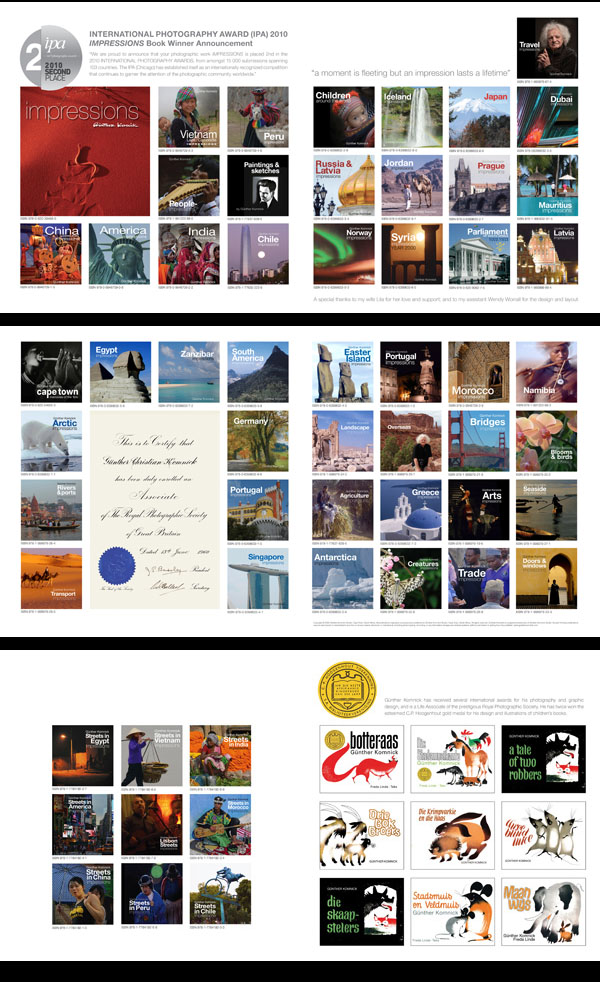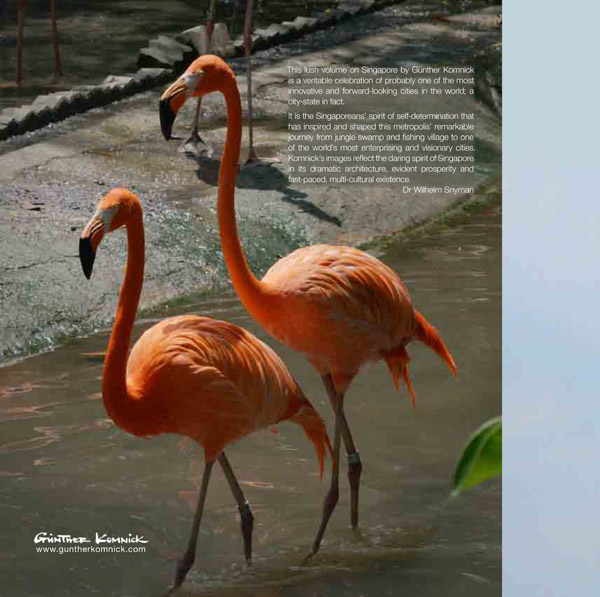
This lush volume on Singapore by G√ľnther Komnick is a veritable celebration of probably one of the most innovative and forward-looking cities in the world; a city-state in fact.
Who would have thought that when Sir Stamford Raffles landed in Singapore on 28th January 1819 and negotiated with the Sultan of Johore to occupy the island on behalf of the British East India Company, the city, now approaching its bicentenary, would become a model to the world of good governance and political stability. In addition, Raffles brought with him the ideas of free trade. And while the island was nominally part of the Dutch East Indies, where free trade was not the norm, Raffles recognised the strategic importance of the island, at the cross roads of the Straits of Malacca and the South China Sea. While the first British possession in South East Asia was Penang, further up north along the Straits of Malacca, it did not have the geographical advantage that Singapore had and still has. Singapore's burgeoning trade is founded to a great extent on its role as a transhipment port. It is one of the busiest harbours in the world, with 140 000 vessels calling at Singapore each year, and is also the largest port in the world by tonnage handled.
But that's not all: Komnick's images reflect the daring spirit of the city in its architecture and its fast pace. Cultures live side by side, English and various Chinese dialects, plus Mandarin, Malay and Tamil are widely spoken. Singapore was part of Malaysia, but opted to go its own way in 1965, Malaysia having come into being with Merdeka (independence) in 1957. What makes Singapore's history significant in global terms was that it flourished virtually without interruption until 1941, when the Japanese invasion of 7th December 1941 took place and British forces, under Lt-General Arthur Percival surrendered on 15 February 1942. The repercussions were devastating - not only for the British Empire, but for the world order in decades to come. The fall of Singapore has been the subject of myriad historical accounts and analyses in light of the fact that the numerically superior British, Australian and Indian forces surrendered to a significantly smaller Japanese force under General Tomoyuki Yamashita. This defeat resulted in thousands of military personnel and civilians enduring brutal captivity at the hands of the Japanese and the Kempetai (secret police), along with the massacre of what has been estimated at 70 000 Chinese by the Japanese from 8th February to 4th March 1942. Japan subsequently paid an indemnity of 50 million Singapore dollars, but offered no apology. The massacre, known as the Sook Ching translates as the "Singapore Overseas Chinese Massacre".
The skyscrapers and evident prosperity of Singapore belie these dramatic events of the city's past. While for many people Singapore represents the height of modernity, the overall sense of having been "let down" by Britain in 1942, made Singaporeans determined to be the masters of their own destiny. It is this spirit of self-determination that has inspired and shaped Singapore's remarkable journey from jungle swamp and fishing village to one of the world's most enterprising and visionary cities.

